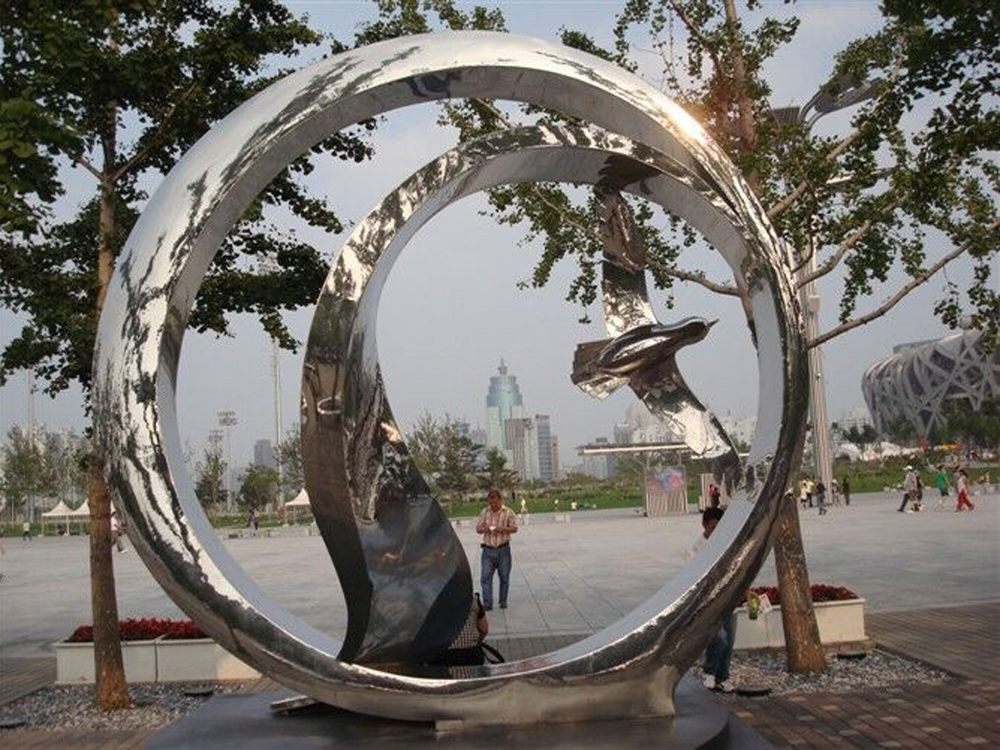
Bronze sculptures have long served as a medium for artists to express profound philosophical ideas, transcending mere aesthetic appeal to convey deeper truths about existence, morality, and human nature. The durability and malleability of bronze make it an ideal material for capturing timeless concepts, allowing creators to immortalize their thoughts in tangible form.
One of the most striking ways bronze sculptures reflect philosophy is through symbolism. For instance, the intricate details in ancient Greek statues often represented ideals of beauty, balance, and harmony—core tenets of Platonic and Aristotelian thought. Similarly, Renaissance sculptors used bronze to explore humanism, emphasizing individuality and emotional depth.
The process of casting bronze itself mirrors philosophical themes. The transformation from molten metal to solid form can symbolize change, impermanence, or the alchemy of human experience. Many creators intentionally leave imperfections or textures to reflect the philosophical acceptance of flaws and the beauty of authenticity.
Moreover, the subject matter of bronze sculptures frequently aligns with the creator's worldview. A sculpture depicting a warrior might explore stoicism or courage, while a serene Buddha statue embodies mindfulness and detachment. The scale and posture of figures often carry metaphysical meanings, inviting viewers to contemplate larger questions about power, vulnerability, or connection.
Even in contemporary art, bronze remains a powerful vehicle for philosophical expression. Modern artists use abstract bronze forms to question reality, perception, and the nature of art itself. The weight and permanence of bronze create a dialogue between the ephemeral nature of ideas and their concrete manifestation.
Ultimately, bronze sculptures serve as three-dimensional philosophy, offering insights into how artists across ages have interpreted the human condition. Their enduring presence allows these philosophical conversations to continue across centuries, proving that art and thought are inextricably linked.

